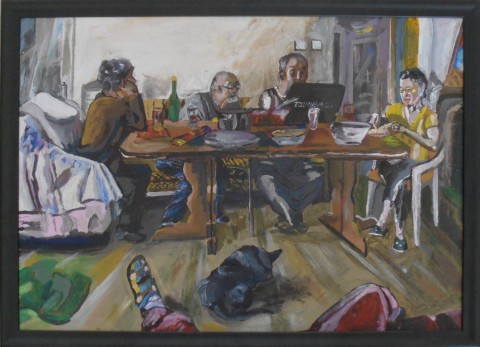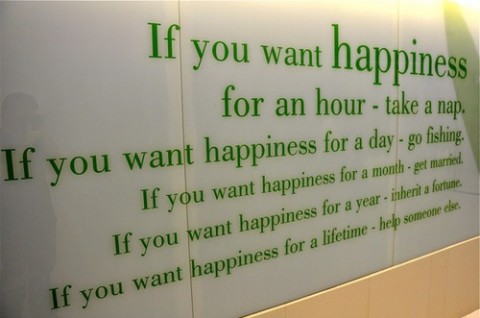February 20, 2013
“The trickster is anybody who’s a bit of an outsider. They’re the ones who make change. They’re not thinking about making change; they’re almost doing it in a selfish way. But because they’re working outside the rules, they change the rules. Everything around them is always new, everything is an opportunity.”
– Angela Cheng
Over the long weekend, my wife and I spent some time looking through the archives of old TED talks and stumbled upon a great one from humorist-philosopher Emily Levine where she talks about the important role of the trickster in facilitating change. Read More
January 16, 2013

I was recently turned on to the work of Louise Diamond by the Plexus Institute. Diamond has been bringing insights from the dynamics of complex systems to peace building work for many years. Her efforts connect to a growing number of practitioners and thinkers who see the need to approach social change with an ecological and evolutionary mindset. In one of her papers, she extracts some of the “simple rules” that yield core practices for working in this way. Here I have adapted and adjusted some of them in application to network building for food systems change. Read More
December 13, 2012

|Photo by Melissa Wiese|http://www.flickr.com/photos/42dreams/518103211|
I was so grateful when Laura Moorehead, Director of Training with the Institute for Civic Leadership, shared this reading from Margaret Wheatley at the close of my time with this year’s ICL class. From my perspective, there is much wisdom here, and the words do a very nice job of summarizing much of what IISC was there to share and discuss regarding leadership, networks, and collaborative change . . .
There is no power greater than a community discovering what it cares about Read More
September 6, 2012

|Image from Anders Sandberg|http://www.flickr.com/photos/arenamontanus/273180669|
Yesterday I posted a bit of a summary of Carter Phipps’ provocative new book, Evolutionaries, which included the suggested trajectories from a variety of evolutionary thinkers and observers, including greater (and increasing rates of) external and internal complexity, convergence, creativity and change. The implications I left off with included a call for a stronger embrace of our creative self-starting (entrepreneurial) potential and also the necessity of engaging in more intentional and skillful collective (cooperative or collaborative) effort.
To take this another step, there is much in the evolutionary (biological/physical and philosophical/spiritual) literature that validates and extends our thinking about how to work with life and dynamic systems to steward change in broadly desirable, just, and life-affirming directions.
Read More
March 6, 2012

Last night we came together as IISC to bid farewell to the great Melinda Weekes; we are proud that she is moving on to be the Managing Director of the Applied Research Center. But today’s is not a post about Melinda. It is a post about community.
Read More
August 4, 2011

|Photo by ernohannink|http://www.flickr.com/photos/ernohannink/3931122112|
Last week’s post on “Negativity and Self-Limiting Advocacy” ended up setting off quite a conversation. In light of that, I thought I might further flesh out some of what Barbara Fredrickson recommends via her book Positivity in a chapter entitled “A New Toolkit.” Here she enumerates ways to enhance overall positivity, and therefore broaden our individual and collective minds, build resourcefulness and resilience, and flourish in the direction of our highest aspirations. Here is what she suggests, based on rigorous research: Read More




